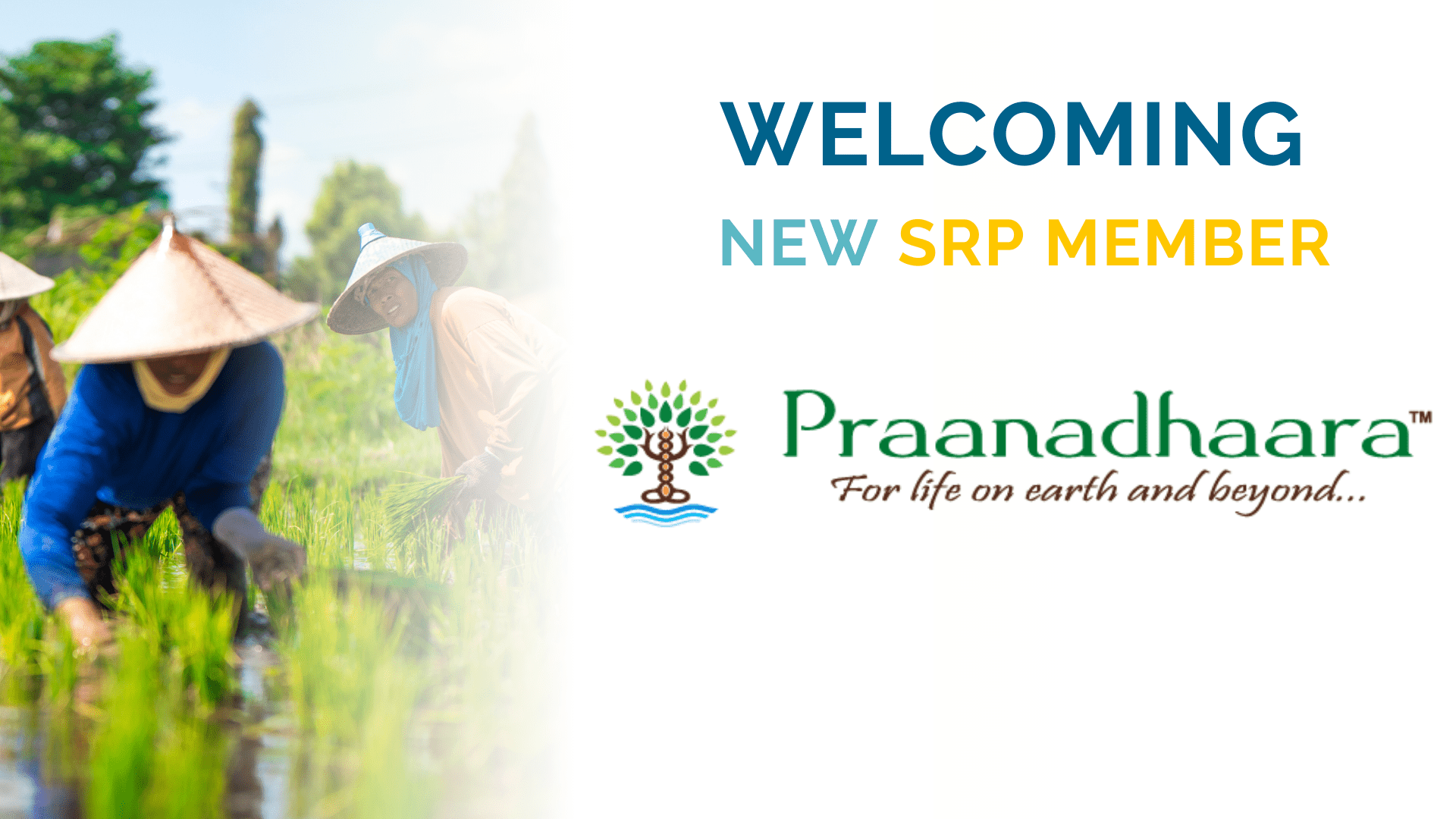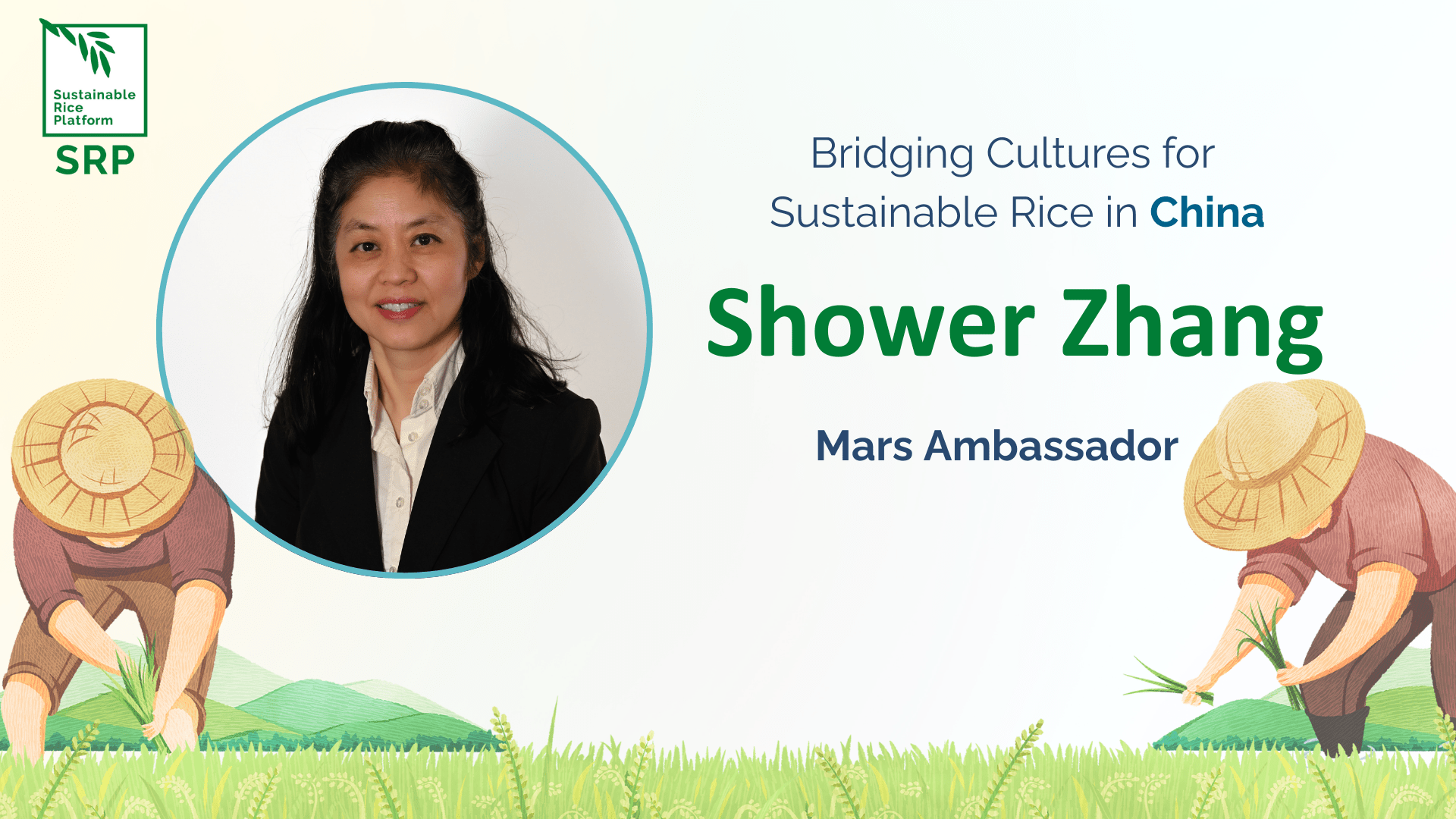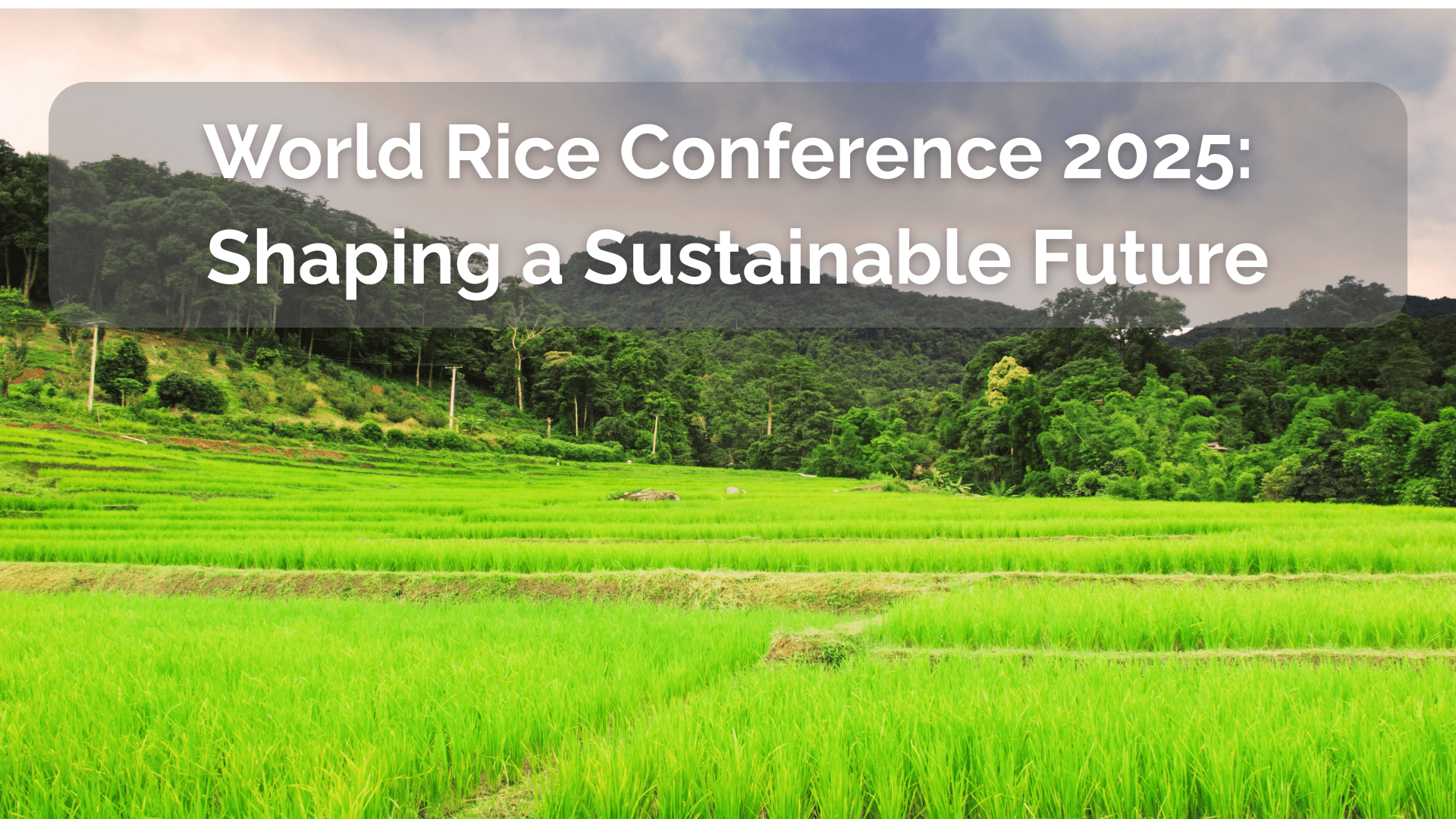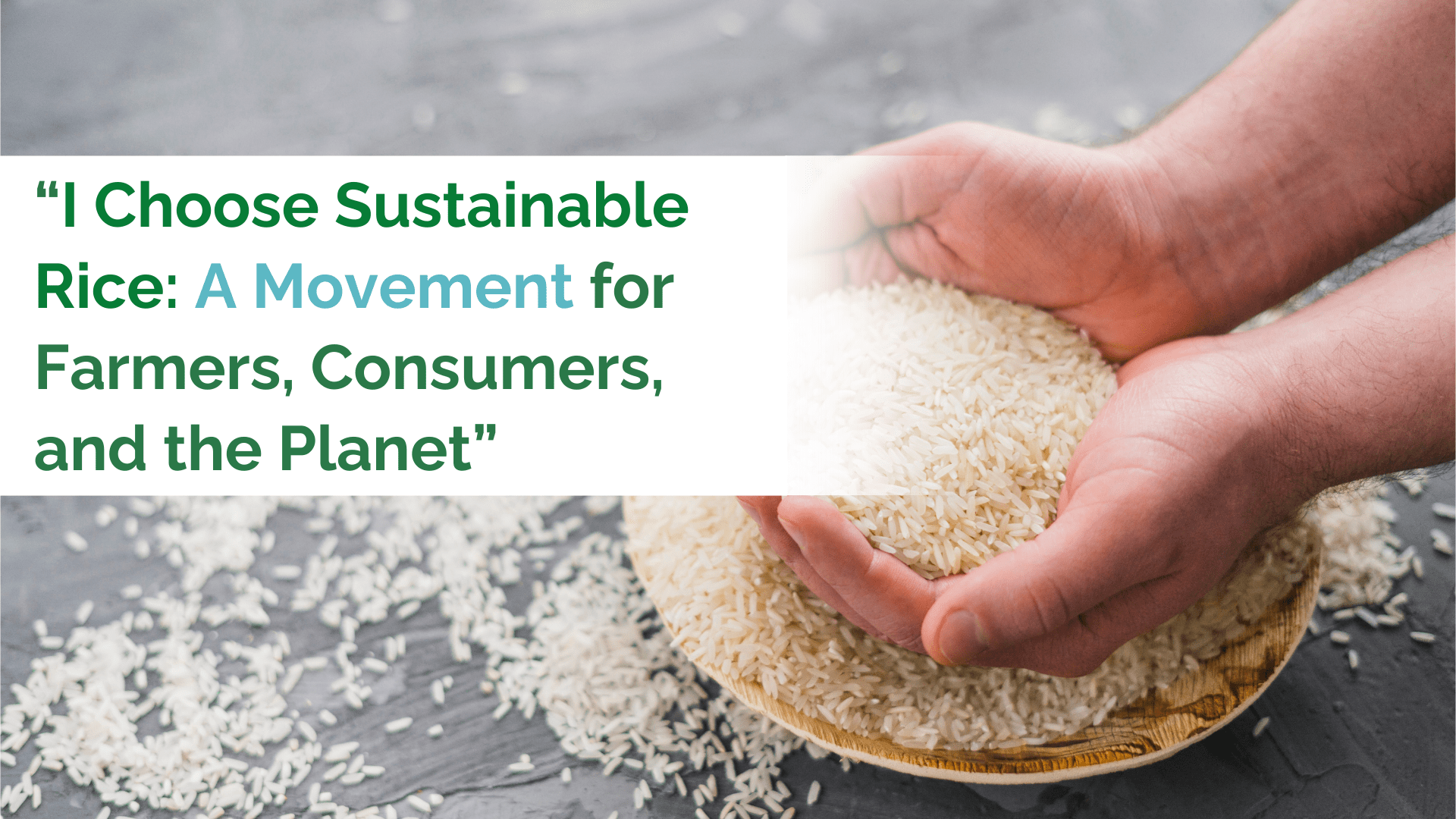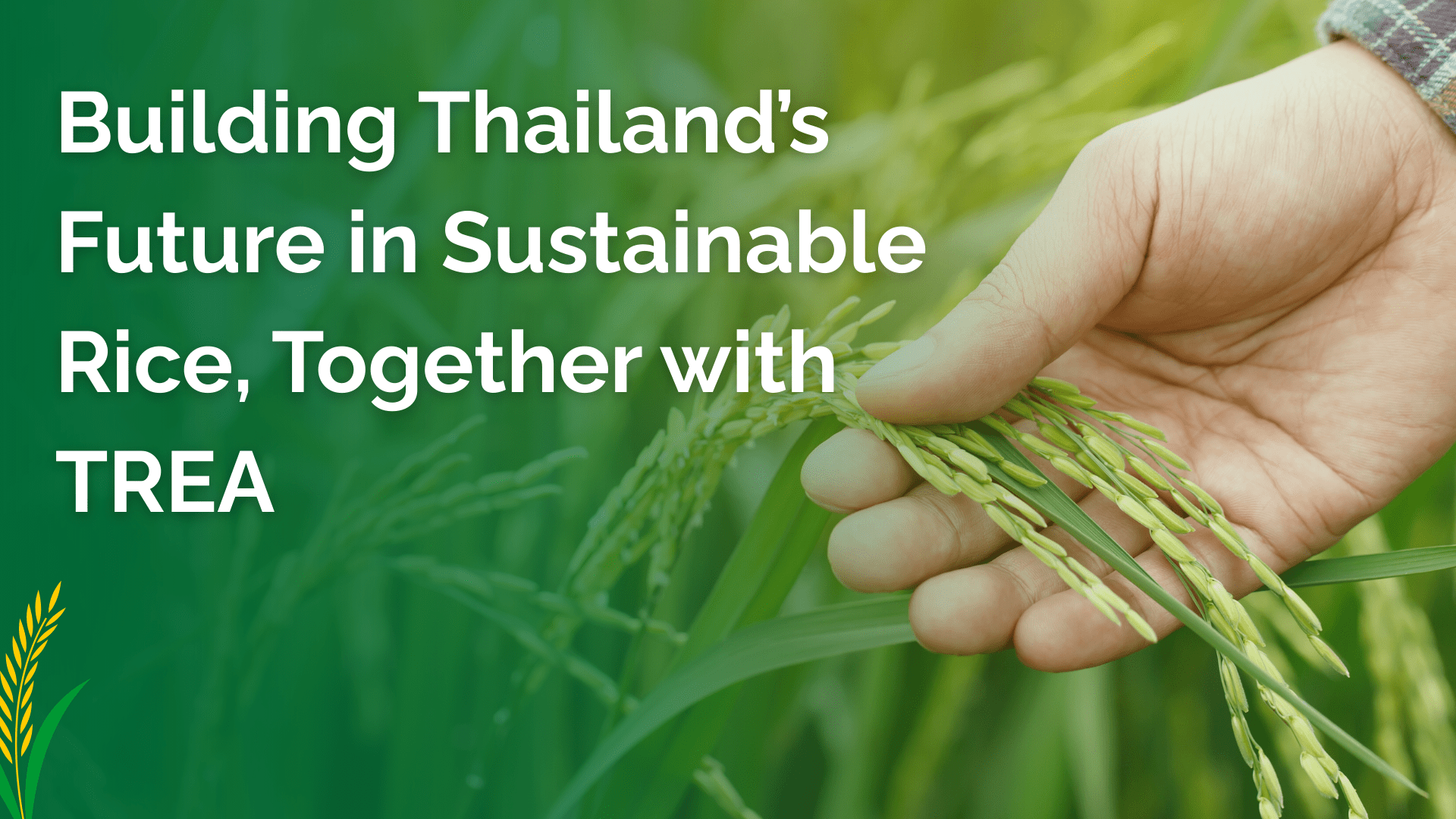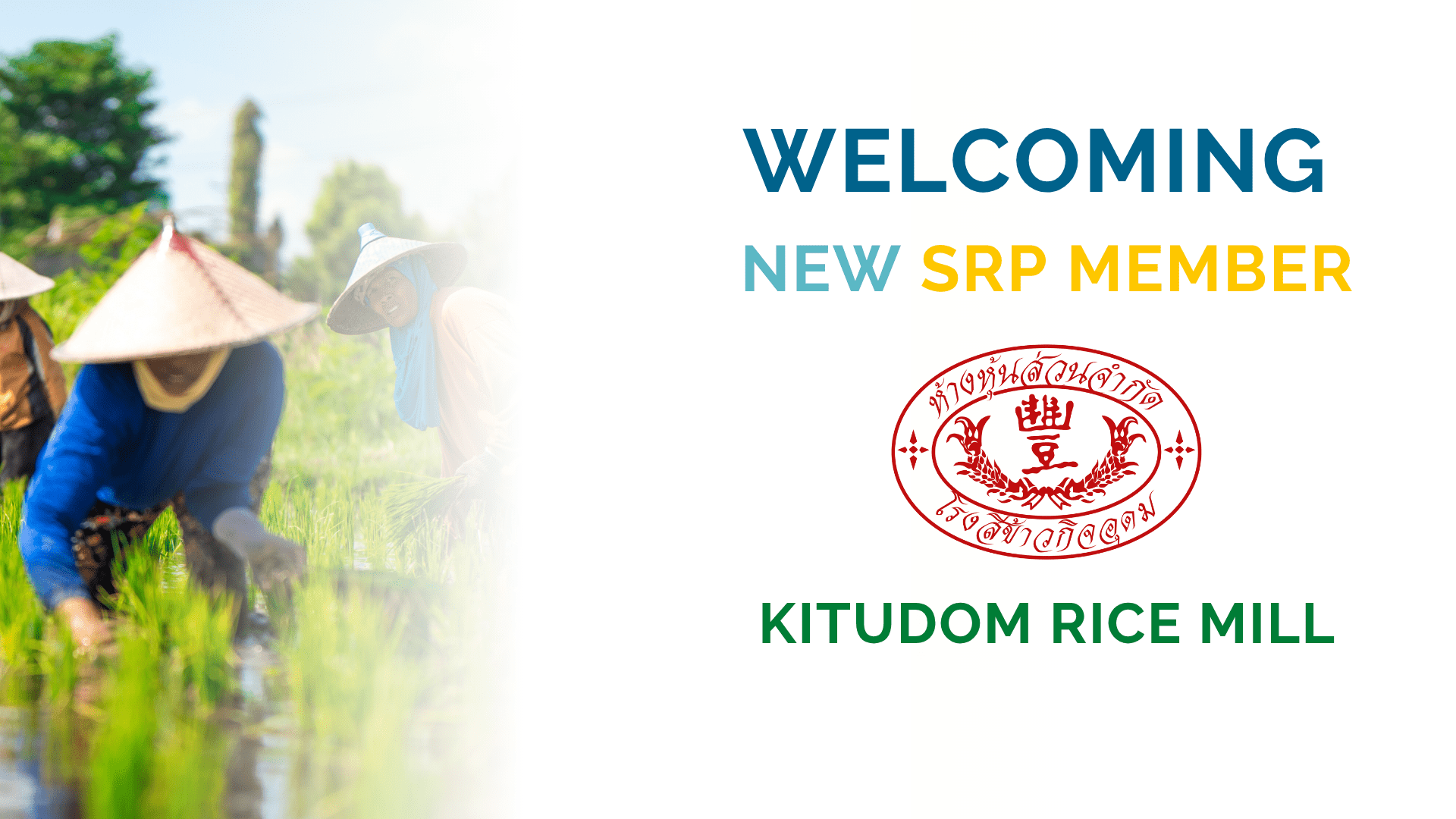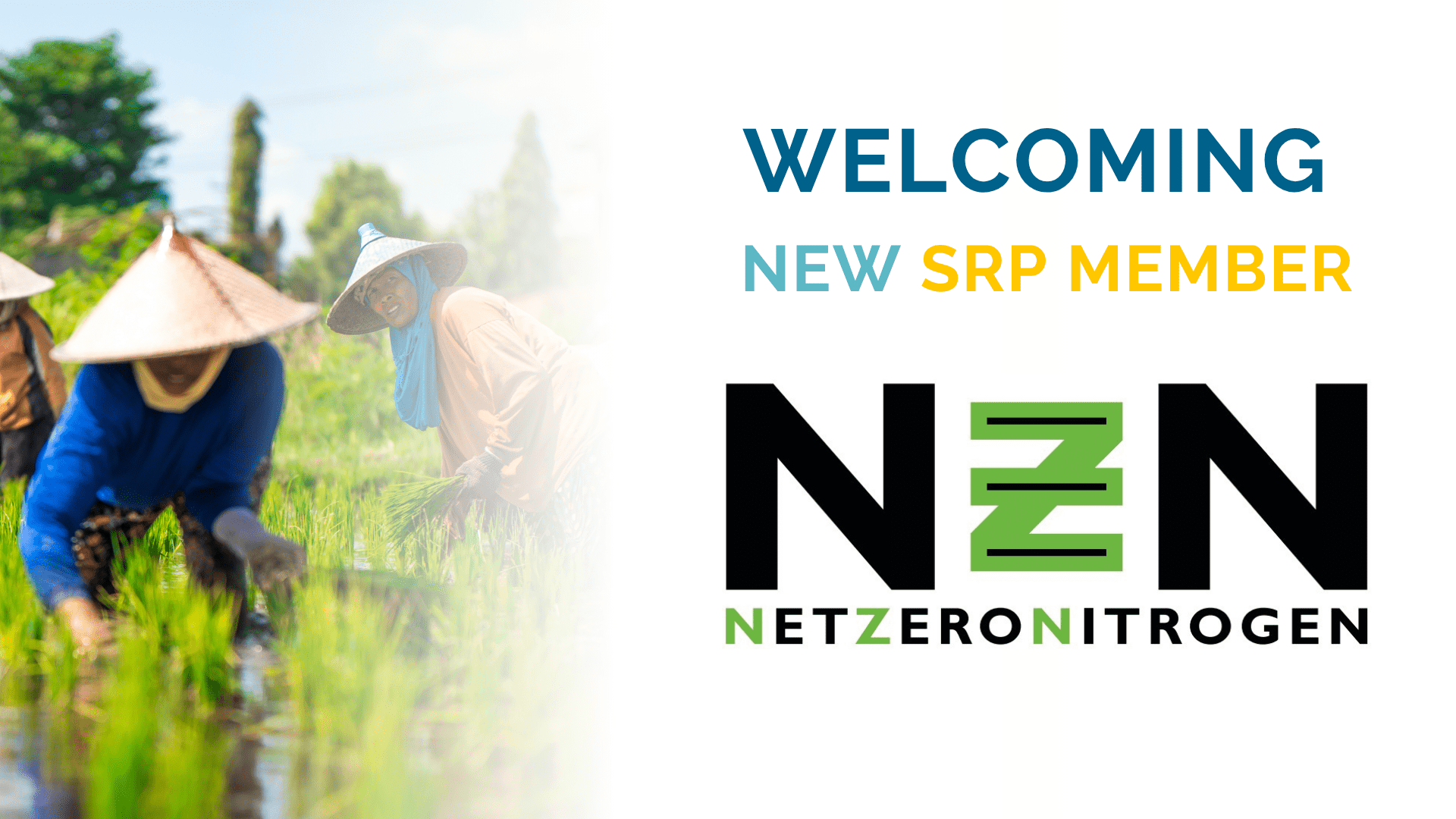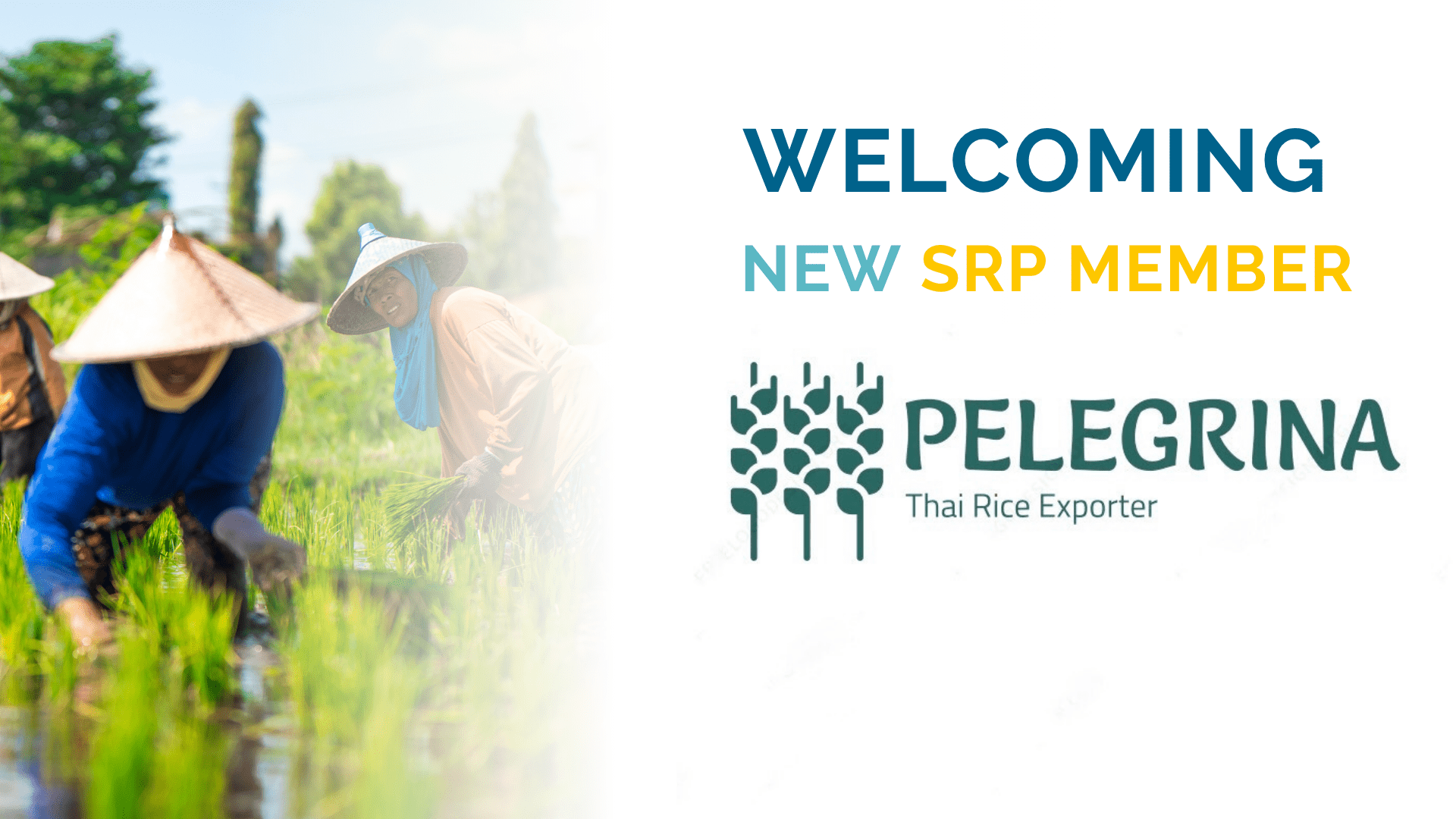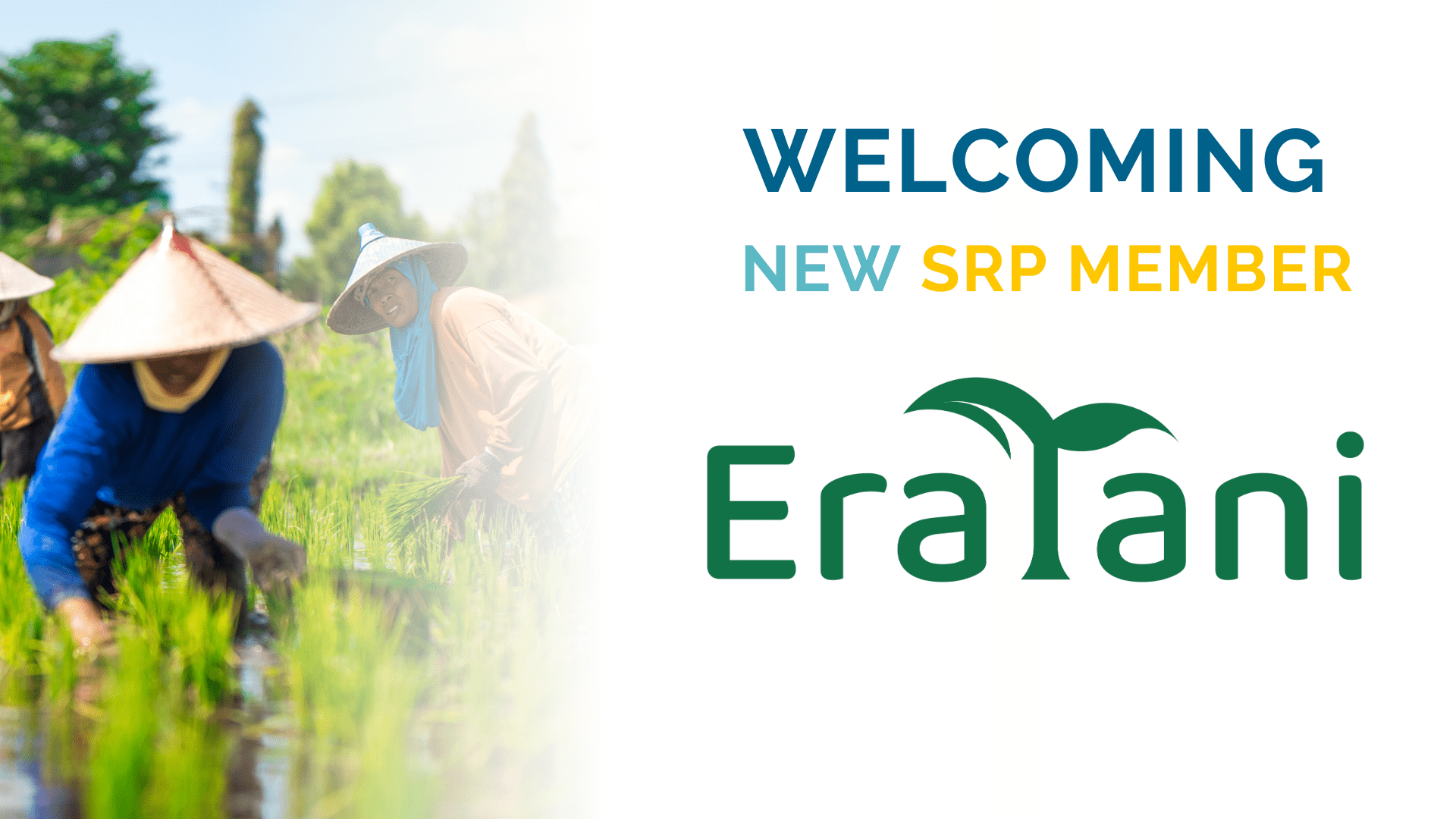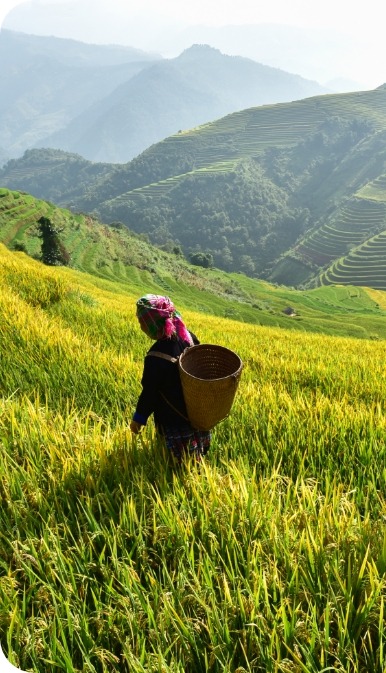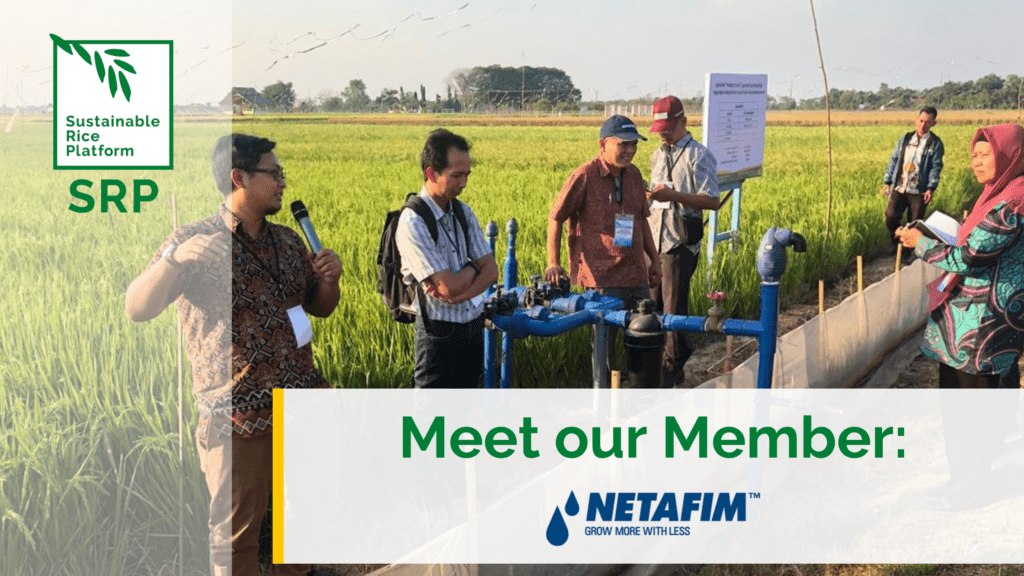
Meet our member: Netafim
Working alongside our members to feed the world. Sustainably.
SRP, together with our members and partners, is dedicated to transforming the global rice sector throughout the entire value chain for a healthier, more inclusive and sustainable future. In this interview series we ask SRP members and partners why they joined SRP, the main trends and developments they see in the industry, as well as their vision for the sector.
This time we spoke with Shahar Dayan, Head of Crops team and Sustainability, Global Agronomy Unit at Netafim.

Company: Netafim
Contact: Shahar Dayan, Head of Crops team and Sustainability, Global Agronomy Unit
Country: Israel
Member since: 2019
1. Tell us about your company, and when and why you decided to join SRP.
Netafim is a global leader in micro irrigation solutions for various crops such as rice. Rice is an important staple food that is forecasted to feed almost 10 billion mouths by 2050 but utilizing a limited level of available resources such as water, land and labor. With our goal to enhance more efficient use of water, nutrients and other variables for rice cultivation and to minimize rice production costs by the saving of labor, Netafim has been developing solutions for sustainable rice cultivation using drip irrigation technology. In the past five years, various trials have been conducted all over the world in cooperation with different agricultural institutions and the technology has been disseminated to rice growers. Netafim decided to join SRP to work with other SRP members who strive towards sustainable agriculture and may be interested in this technology.
2. Tell us about the specific reasons and developments, or challenges and opportunities you are trying to solve or seize by joining SRP (or how you solved them).
Rice growers using conventional methods are facing the challenges listed below:
- Levelled land
- High water usage above requirement by crops
- Low efficiency of fertilizer and other variables
- Production of GHG emissions
- High production costs due to labor and other variables
- Less income with traditional crop rotation
- Low yield and quality
Rice yield and quality, plus income of rice growers, can be increased by the efficient utilization of water and nutrients, the minimization of production costs through less field preparation (rice can even be grown on sloppy mountains) and by choosing higher-value rotational crops after rice. Apart from these points, GHG emissions which are mainly methane should be minimized to a negligible level. All this could only be achieved with drip irrigation technology. Netafim would like to promote and disseminate this technology to rice growers throughout the SRP network, who truly understand the importance of sustainable rice cultivation.
3. Tell us about the process and activities involved with developing solutions in line with the SRP Standard in your organization, and whether it was simple or not.
Netafim conducted a lot of R&D on using our drip irrigation technology for rice cultivation, and developed cultivation protocols along with irrigation and fertigation programs. After completing all our R&D, we started to promote this method to rice growers while our agronomists provided continual guidance with frequent field visits. We are promoting this technology for sustainable agriculture in general using marketing methods, including sharing the success stories and partnering with alliances or rice stakeholders.
4. Tell us about the future. What is your company’s vision and ambition for the sustainable development of the rice industry, and how could SRP be instrumental to achieving this ambition?
We have been focusing on commercial rice projects in Turkey, India, Italy and Brazil up until recently. During 2022 we would like to develop our innovative technology in Malaysia, Vietnam, Thailand and the Philippines. We also intend to carry out a carbon credit pilot project in Italy this year. For the future, we would like to develop this technology for sustainable rice cultivation in all countries that have a SRP presence and members.
5. Any tips or recommendations why more companies and industry actors should join SRP, and any advice on lessons learned?
Sustainable rice cultivation is imperative with the alarming situation of high water and food demand, but shrinkage of land and effects of environmental pollution. Since consumer awareness is growing day by day about sustainability issues, rice growers and stakeholders need to seriously consider sustainable rice cultivation as set out by the SRP model.
6. Your quote, or vision for 2025?
Our vision is “Mass adoption of smart irrigation solution to fight scarcity of food water and land”.
If you are an SRP member and would like to be part of our “Meet our Members” series, please contact Roong Tepkaew at roong.tepkaew@sustainablerice.org. We share these interviews on our website, in our newsletter and on our social media channels.

